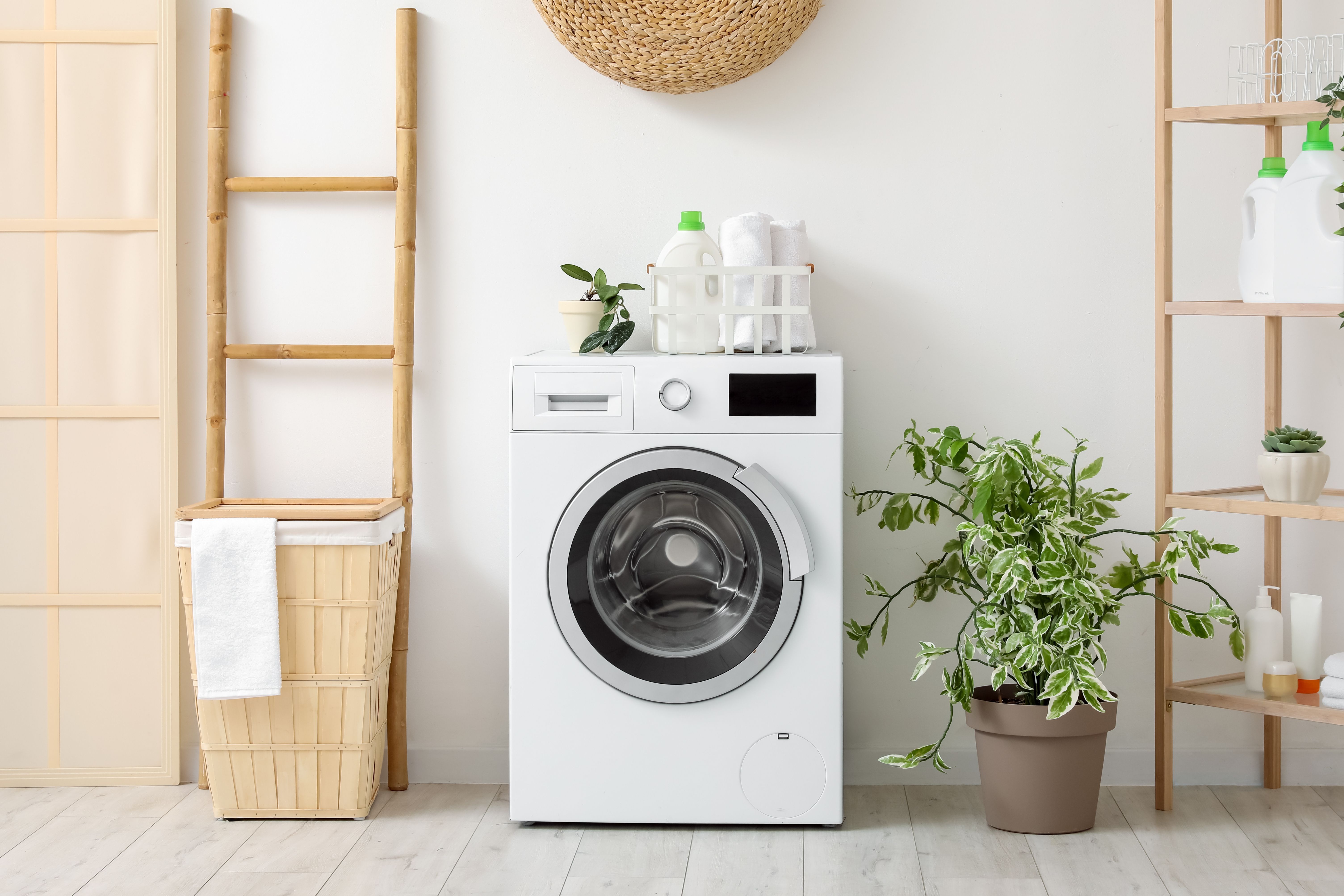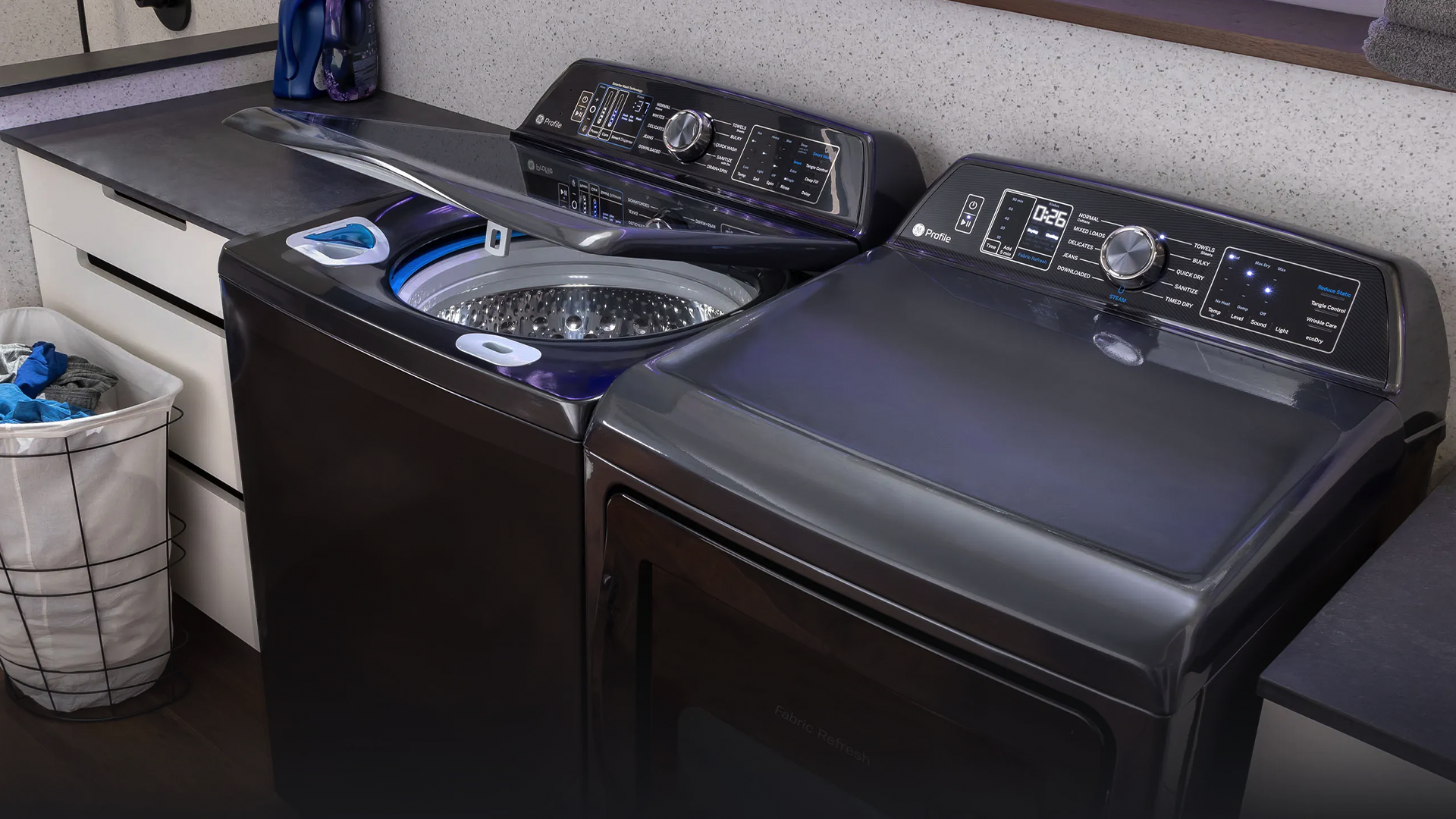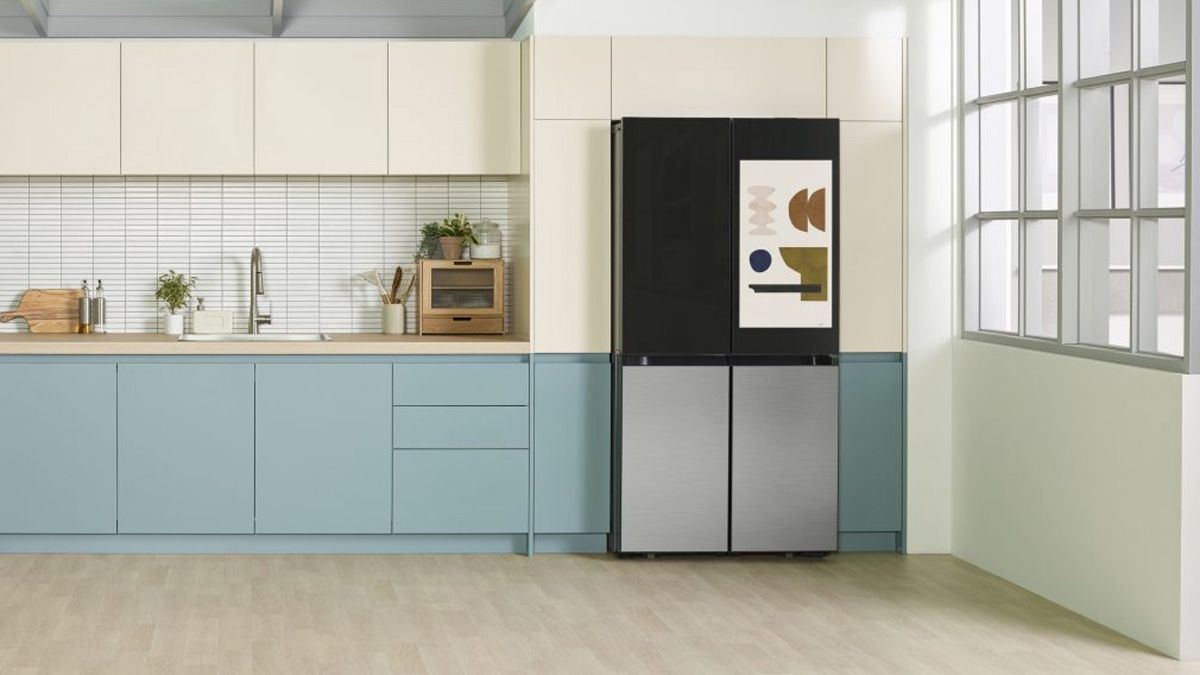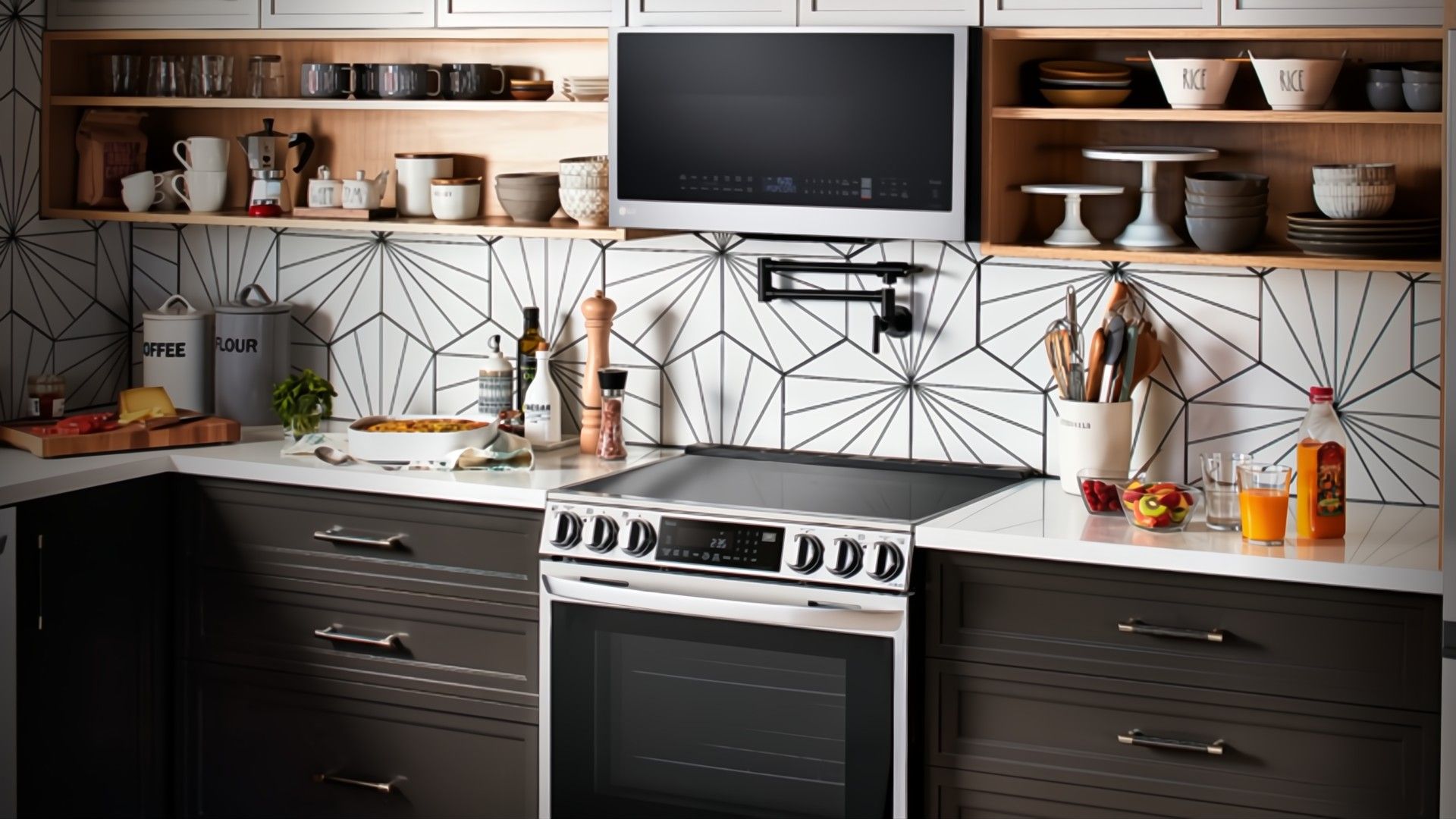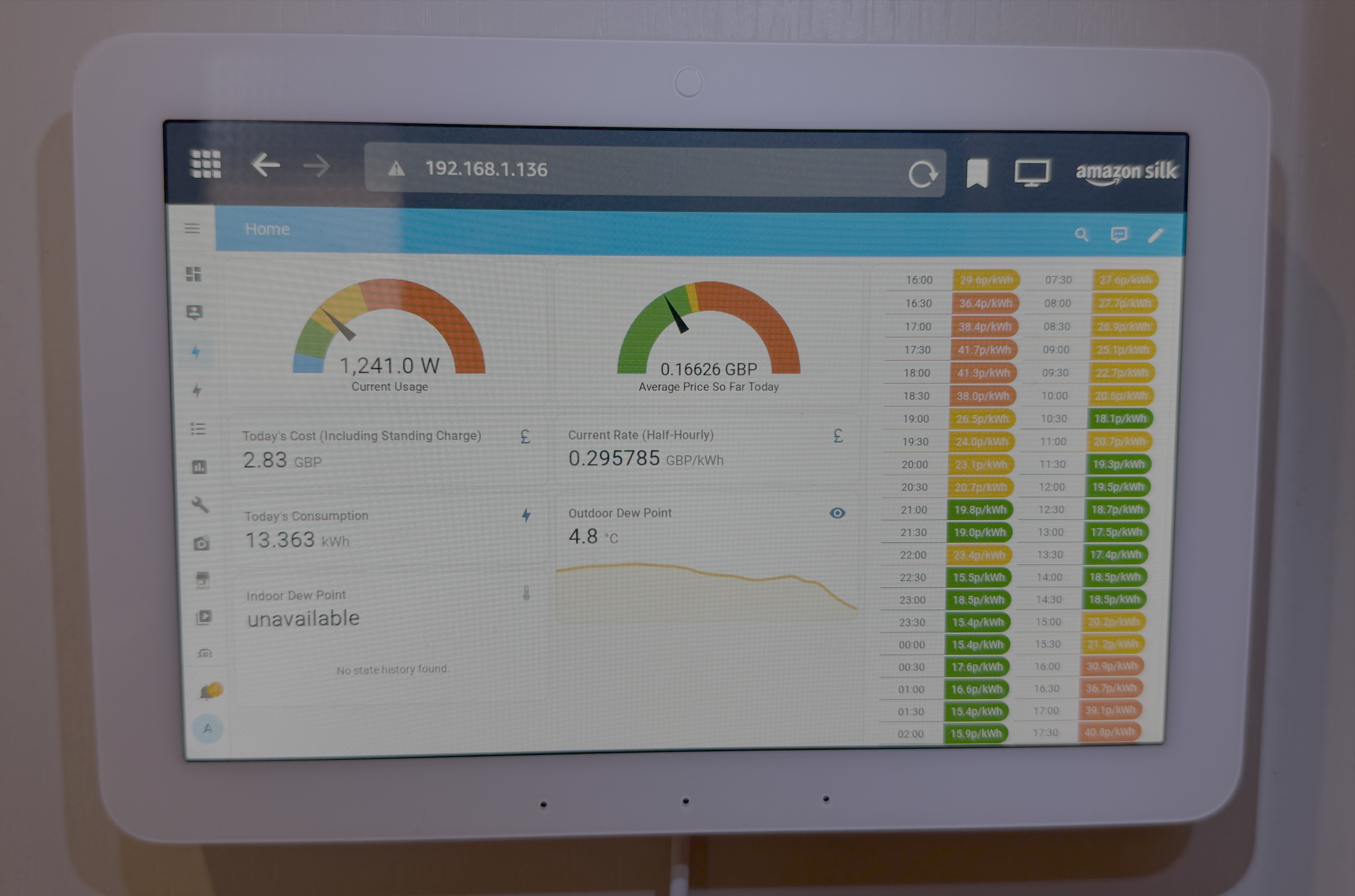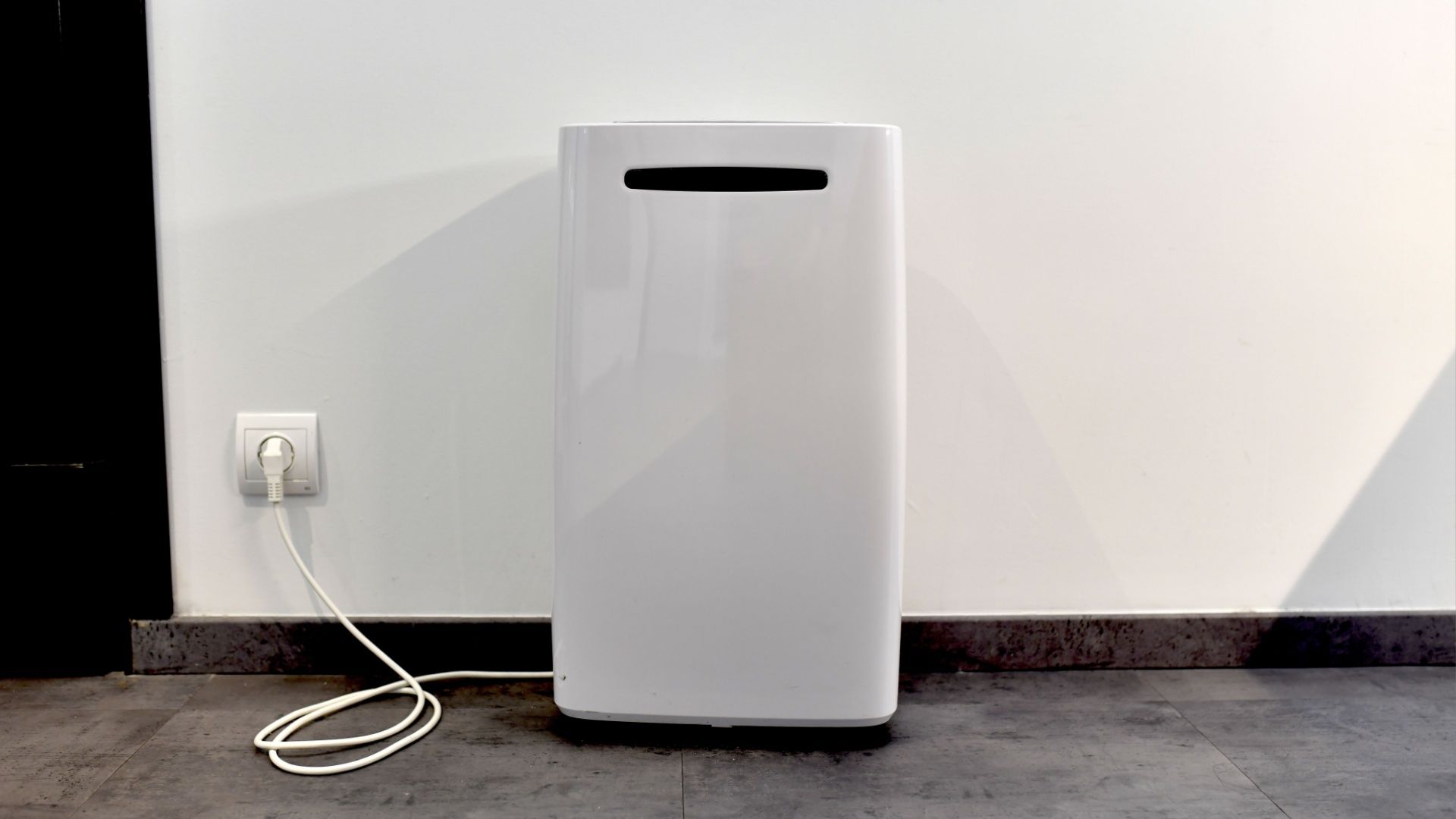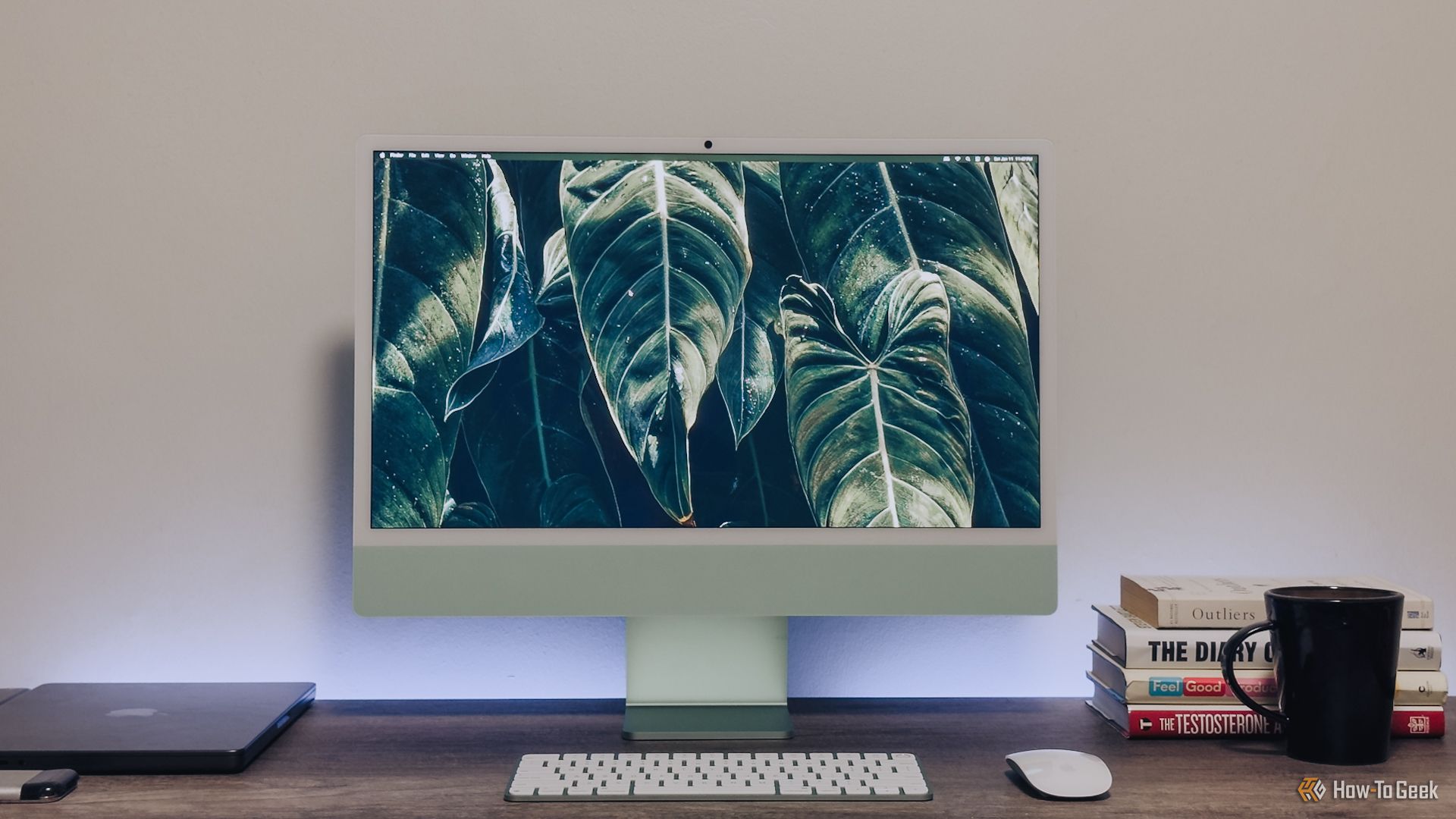Smart plugs are a great way to start your smart home journey. They can turn almost any device from dumb to smart, allowing you to turn them on and off remotely or as part of an automation. However, there’s a lot more you can do with smart plugs beyond turning things on and off.
7
Find Devices That Are Increasing Your Energy Bills
Some smart plugs only have one function, which is to turn on and off on demand. However, not all smart plugs are created equal. There are plenty of smart plugs on the market (like the Eve Energy Smart Plug) that include another very useful feature: energy monitoring.
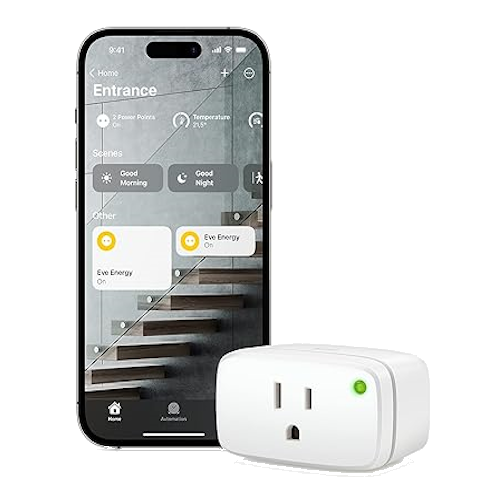
Eve Energy Smart Plug
Enjoy multi-platform functionality with this Matter-enabled smart plug, while keeping your data secure. With energy consumption tracking for Apple HomeKit users, the Eve Energy Matter Smart Plug makes a great choice for seamless smart home integration.
Energy monitoring has a huge number of useful applications, some of which are described later in the article. However, the most obvious use is for seeing exactly how much energy your devices are using.
You may be surprised to discover which devices are making a significant contribution to your energy bills. The good news is that with a smart plug, you can create automations to ensure that those energy-hungry devices are powered off when you don’t need them.
6
Detect When Your Dryer Is Finished
Another major benefit of smart plugs with energy monitoring is that you can use them to find out when devices that use a lot of energy have stopped running. For example, when you run your dryer or washing machine, it uses a significant amount of energy. When the cycle ends, the amount of energy being used drops to almost zero.
You can use this information to create automations that can alert you when your washer or dryer has finished. A simple automation that sends you a notification when the energy use of your washer or dryer has stayed below a set threshold for a few minutes is an accurate way to get alerted when your load is done.
5
Get Alerted if Your Fridge Stops Working
The same trick can also be an effective way to monitor devices that should be on at all times. Your refrigerator, for example, is something that you don’t want to turn off for any significant length of time.
Monitoring a fridge is a little trickier, since the way a fridge works means that the energy use will fluctuate. To maintain a fairly steady temperature, it will work hard to reach a certain temperature, then stop for a while until the temperature gets too high, then cool again, over and over.
However, you can use your energy-monitoring smart plug to determine how long your fridge goes between periods of high energy use. You can then create an automation that will alert you if the energy usage remains low for longer than usual, which is an indication that the fridge has stopped working properly. You can also set up an alert to warn you if your fridge starts to use more energy than usual, which is also a sign that something is wrong.
4
Get an Alert if Your Iron Is Still On When You Leave the House
We’ve all been there. You’re heading off on vacation, and about an hour into your journey, you suddenly wonder if you might have left the stove on, or the iron, or that heater (you get the picture). The rest of your vacation is ruined by the nagging worry that you’re going to return home to find your house burned to the ground.
A smart plug with energy monitoring is the perfect way to stop this from ever happening. For electrical appliances that you’re at risk of leaving on, such as irons, hair straighteners or curling irons, or even your range, you can connect them through a smart plug. You can then constantly monitor how much power they’re using, even when you’re not at home.
When you’re on vacation, you can quickly check your smart home app of choice and know for sure whether your iron is still on or not. If it is, you can turn it off from your phone and get on with your life.
Even smarter is to set up an automation that will check these smart plugs for you whenever you leave the house. If they’re still on when everyone has left home, you can send an alert to your phone to let you know.
3
Lock Down Devices During Peak Energy Hours
There are plenty of devices in your home that don’t need to be on all the time. Your dryer, for example, will only be on when you’re using it. However, for some people, the time that you use your device can have an impact on how much it costs.
Time-of-use (TOU) plans change the cost of energy depending on the time of day. During peak hours, you’ll pay more than you do during off-peak hours, and overnight your energy may be even cheaper. Some companies also offer demand-based pricing when the price fluctuates according to demand.
A smart plug can be helpful in these cases. I have an energy plan where the price changes every 30 minutes based on supply and demand. I can import the current price into Home Assistant and using smart plugs, I can turn on power-hungry devices such as a washing machine when the price drops to its lowest levels.
You can even use a smart plug to lock down your devices during peak hours. You can set your smart plugs to turn off during peak hours, for example, so that if you forget, and try to put the washing machine on, you’ll find that the power is out.
2
Check if Your Dehumidifier Is Full
This is another really useful way to use your energy-monitoring smart plugs. I have a garage that can get quite damp and use a dehumidifier to keep it in check. The dehumidifier takes a long time to get full, but once it does, it turns itself off, and won’t work again until the tank has been emptied.
Instead of having to constantly check how full the dehumidifier is, all I needed to do was hook it up to an energy-monitoring smart plug. The power use fluctuates as the device will cut off once the target humidity is reached, and then kick in again when it gets too high. If the energy use stays low for a long time, however, then I know that the tank must be full. Using Home Assistant, I can send an alert to my phone when the energy use has remained low for a set period.
1
Trigger Automations When You Start Working
My iMac has a large 27-inch display which needs a significant amount of energy to work. When the iMac is asleep, it can draw as little as 2W but when I’m using it, that will leap up to around 150W or more if I’m using power-hungry applications. This means that by using an energy-monitoring smart plug, I can easily tell when I’m using my iMac and when I’m not.
Using Home Assistant, I’m able to use trigger automations when the smart plug detects an increase in power usage. For example, I can put my Mac into Work focus mode, or set my coffee machine to turn on in just under an hour, so that the coffee will be ready as a reward after doing an hour’s work.
Smart plugs can be useful for all sorts of smart home automations, and that doesn’t just mean turning devices on or off. A smart plug with energy monitoring opens up a whole new world of possibilities that can make your life easier. Getting a notification when your washing is done, for example, means you’ll never forget to unload it and discover a machine full of damp and musty washing several hours later.


